Tver, perched between Moscow and St. Petersburg on the banks of the Volga, is a city used to being a waypoint. Its regional branch of the Union of Radio Amateurs of Russia mirrors that role — a link in the chain of Russian amateur radio, relaying signals, knowledge, and tradition.
Leadership with Multiple Frequencies
At the centre is Alexander Valeryevich Zaitsev (RA3ICK), who not only heads the council but also runs the QSL bureau, co-hosts round tables, and manages two phone lines and a busy inbox. His deputy, Yuri Alexandrovich Solodovnikov (RK3IR), chairs the qualification commission, ensuring a steady influx of licensed operators.
Where the Air Meets the Ground
The club’s home on the A. Nikitin embankment is more than a meeting point — it is where exams are taken, logs exchanged, and antenna plans sketched over tea. The first Thursday of each month, members gather in person; Mondays and Sundays are for the nets, with HF traffic on 3644 kHz and VHF chatter via repeater RR3IB on 145.700/145.100 MHz.
Committees for Every Contingency
From the diploma commission, chaired by Svetlana Mikhailovna Prosvetova (UA3ISW), to the treasury managed by Aleksei Vyacheslavovich Kurtanov (RA3IX), the branch is structured with almost bureaucratic precision — not unlike the city’s riverside quays, which were built to endure both floods and the passage of time.
Signals That Outlast Static
In an era when digital networks threaten to overshadow HF, the Tver branch keeps its airwaves alive through regular nets and a visible public presence. As with the Volga’s current, the movement is steady, deliberate, and enduring — a reminder that in radio, as in geography, what connects people often matters more than what separates them.

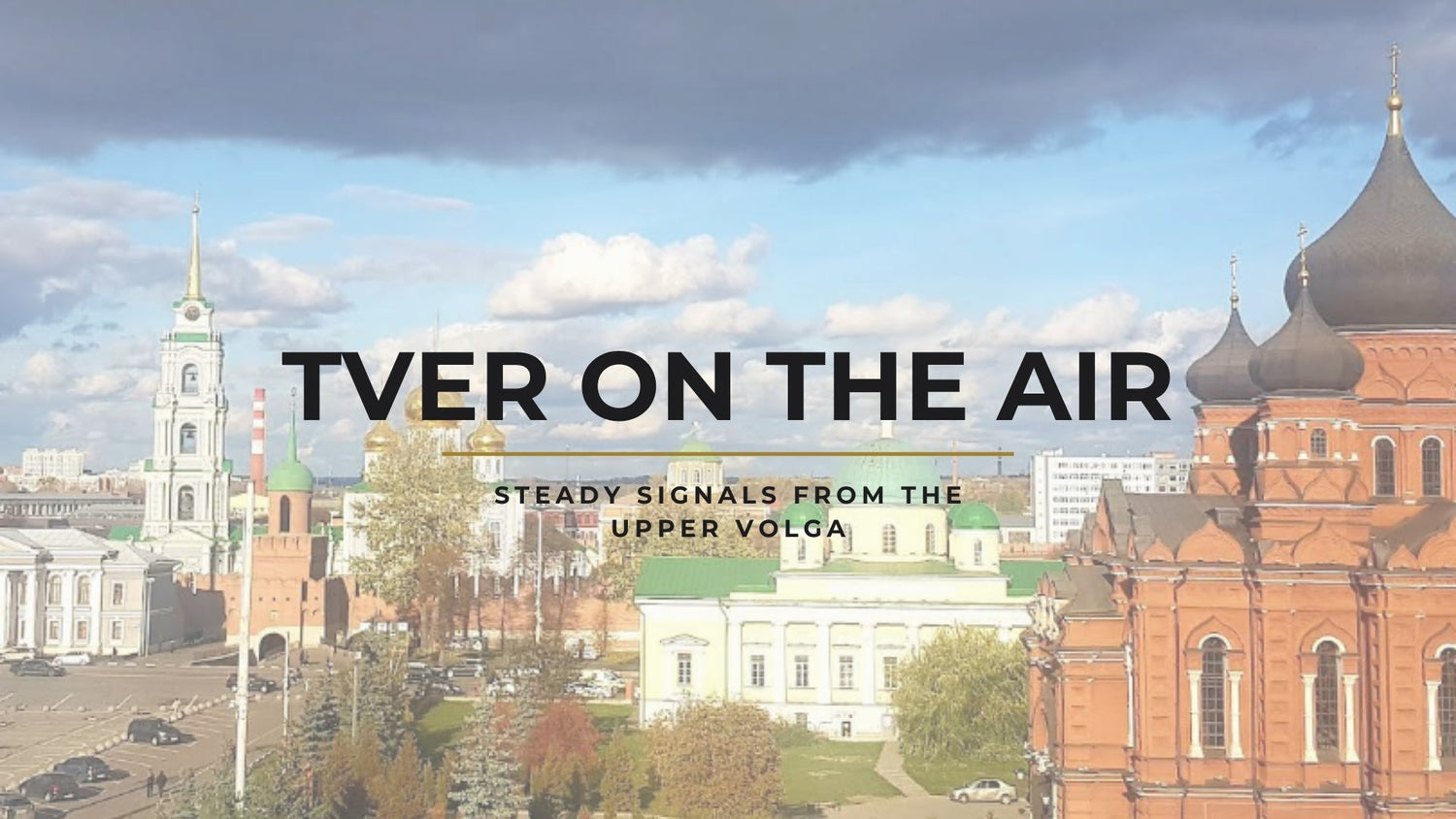
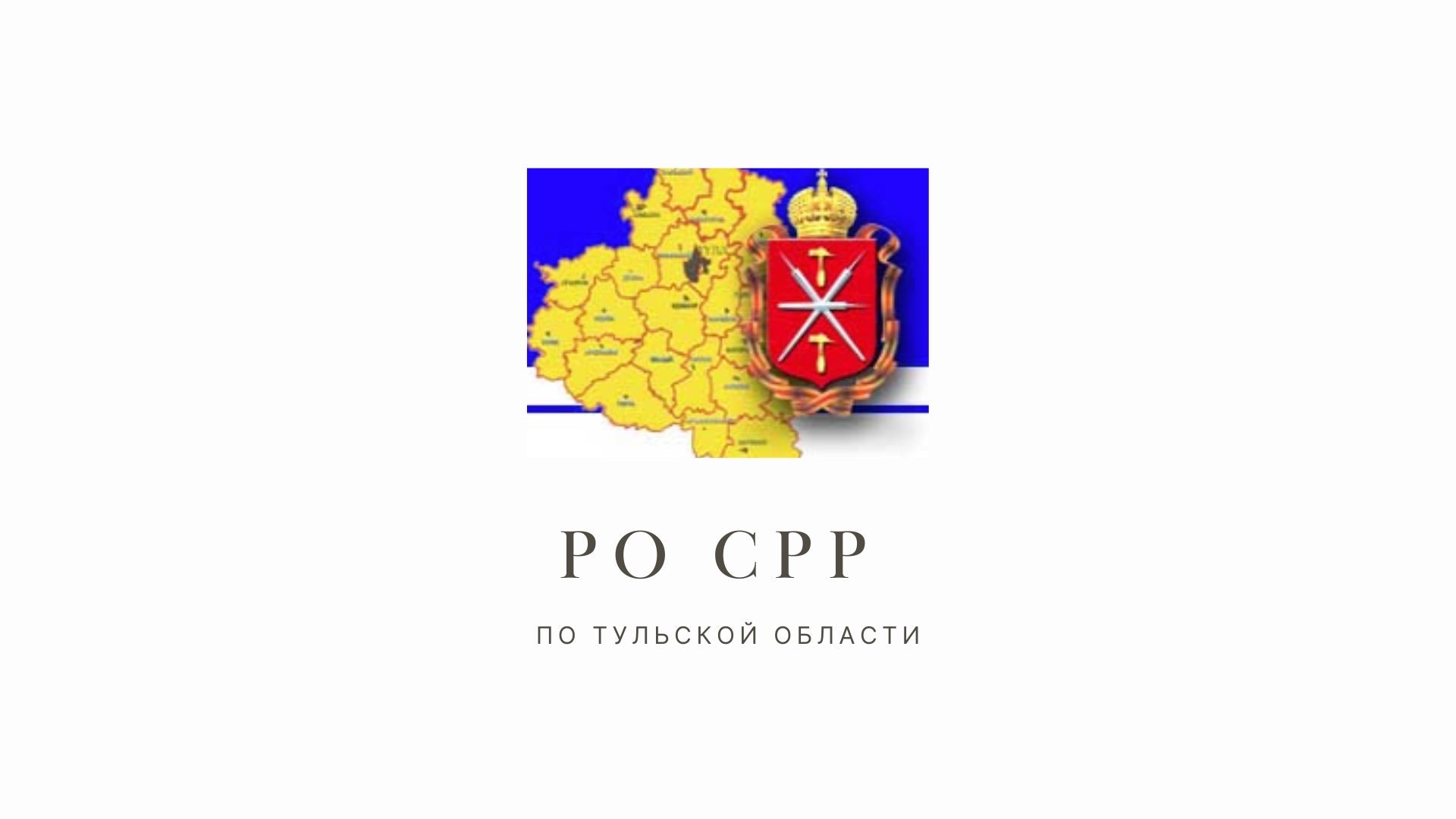
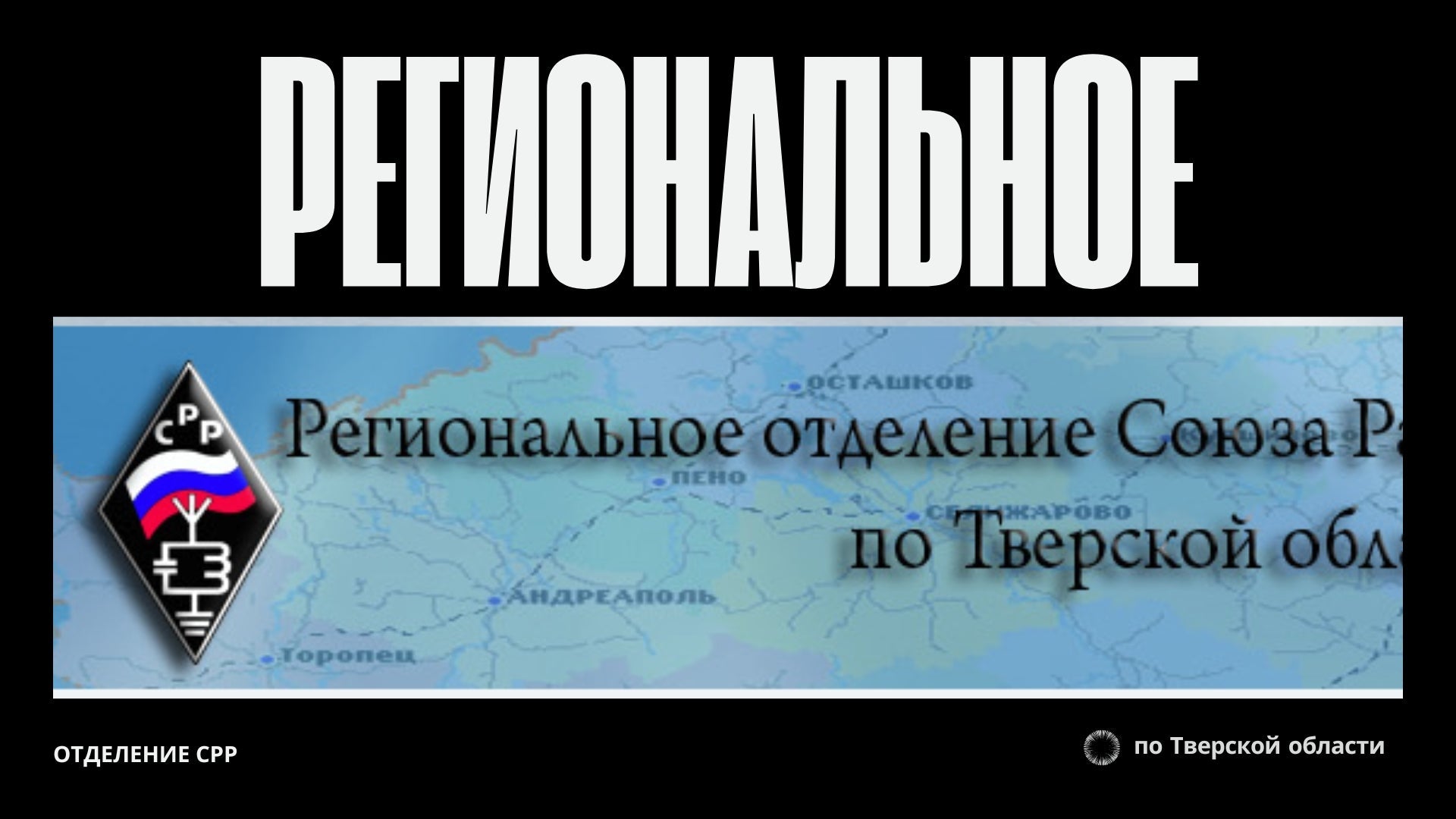
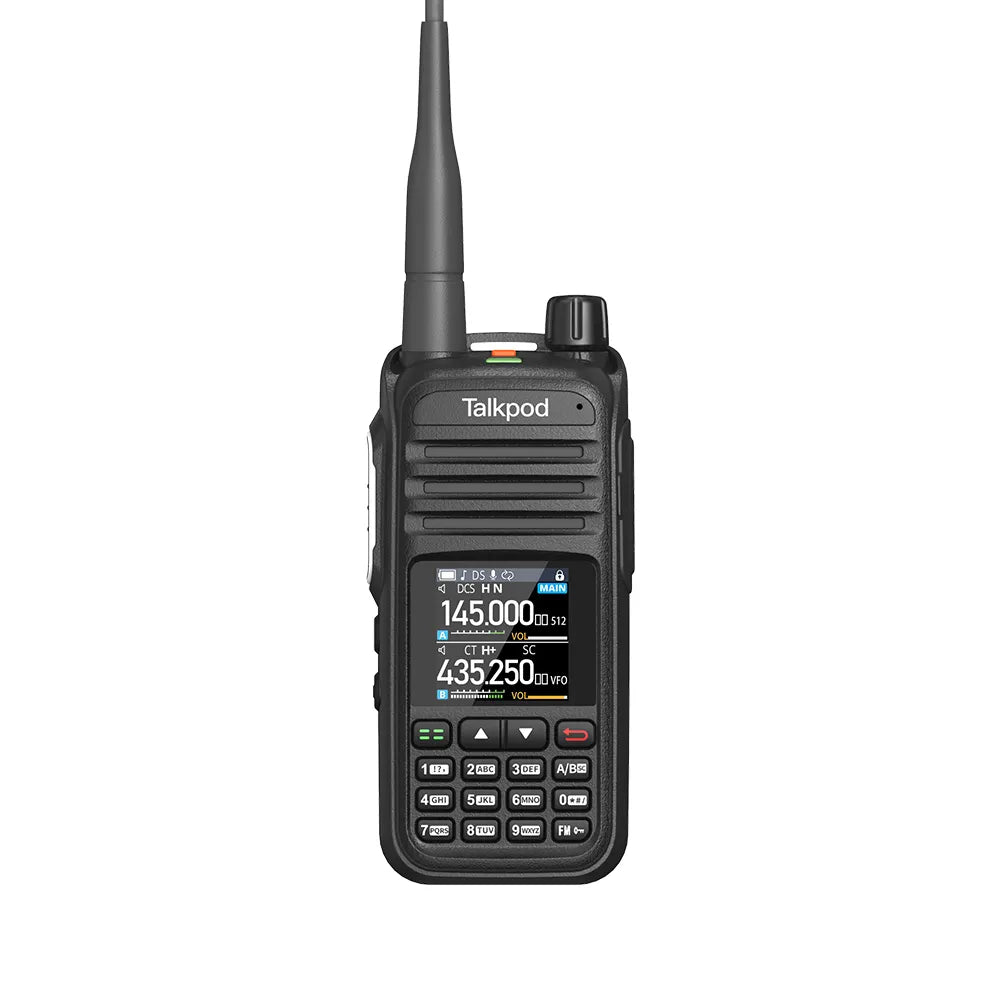
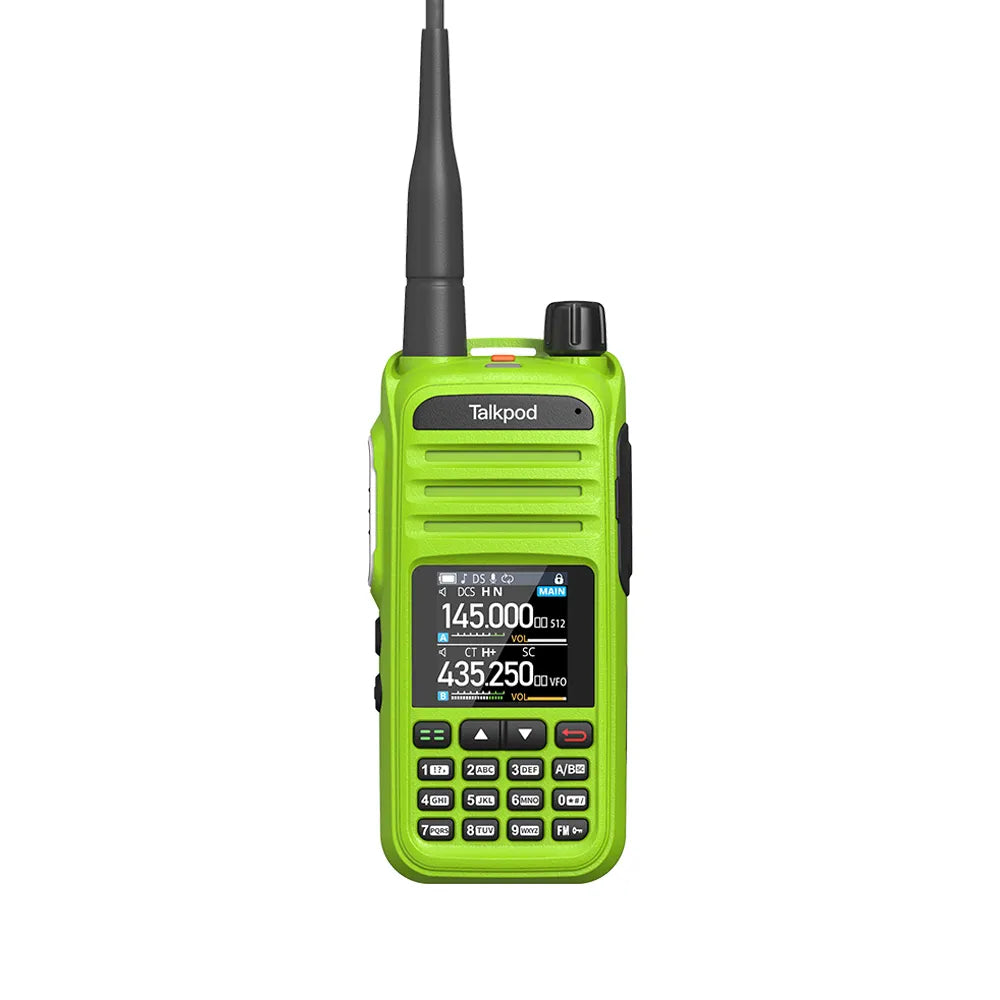
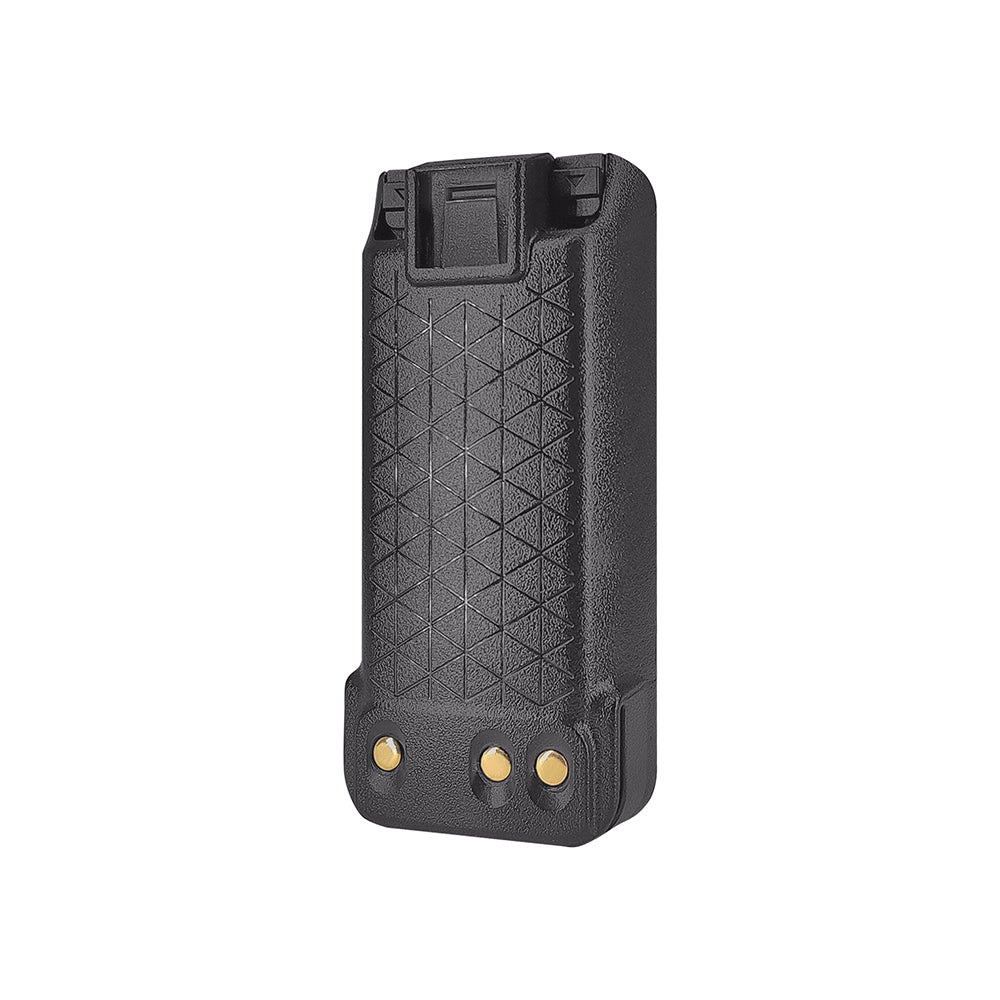

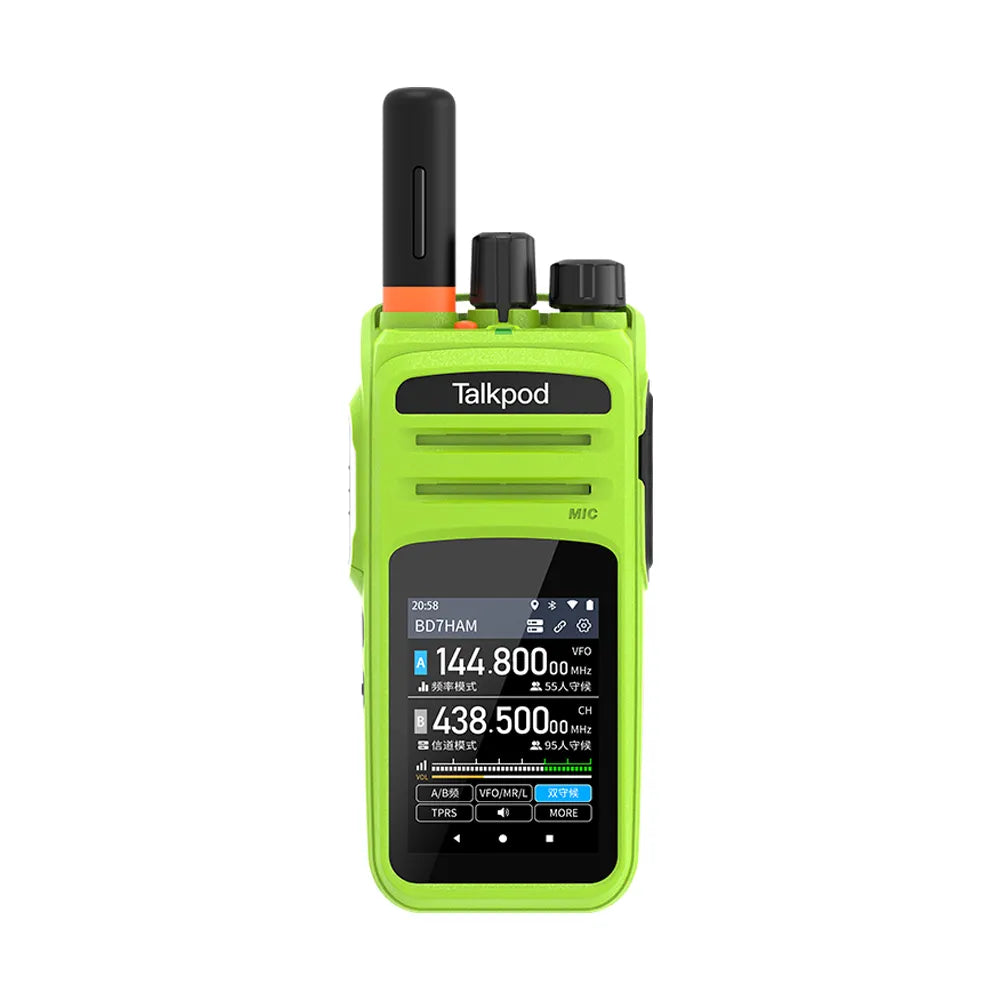
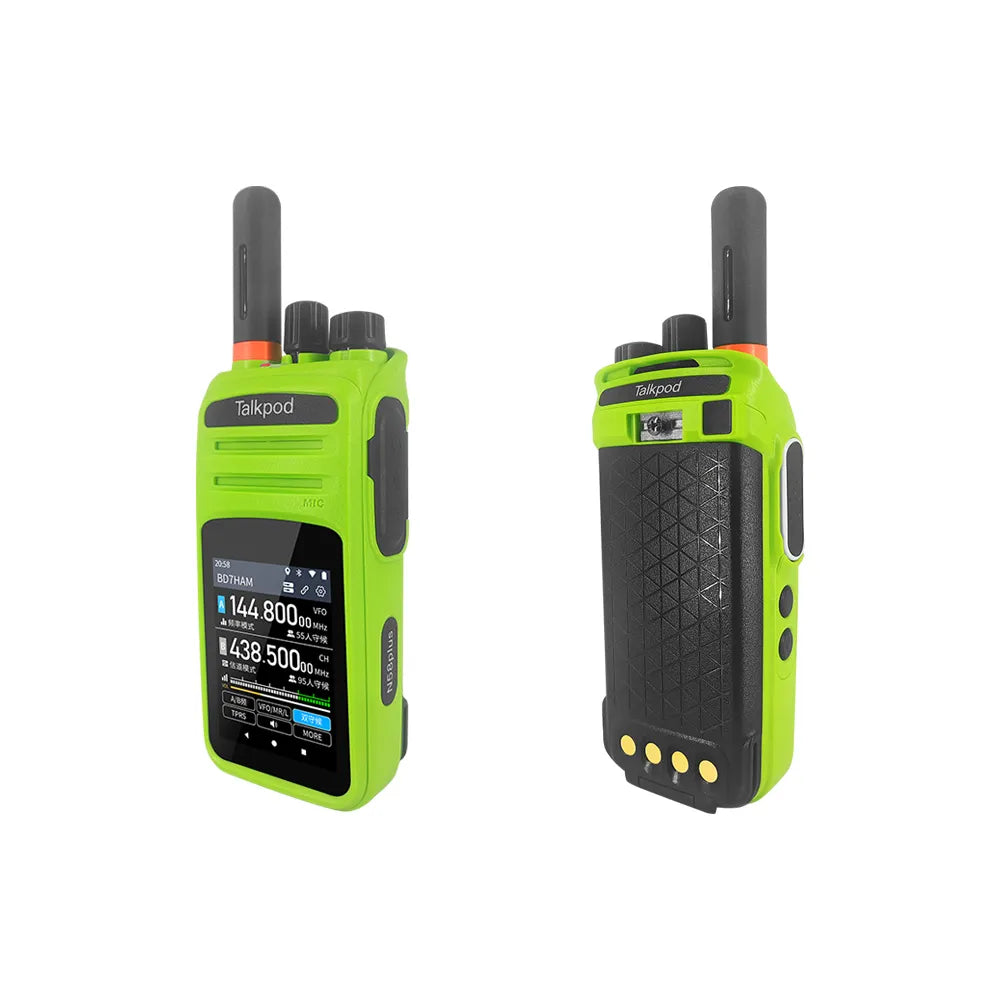
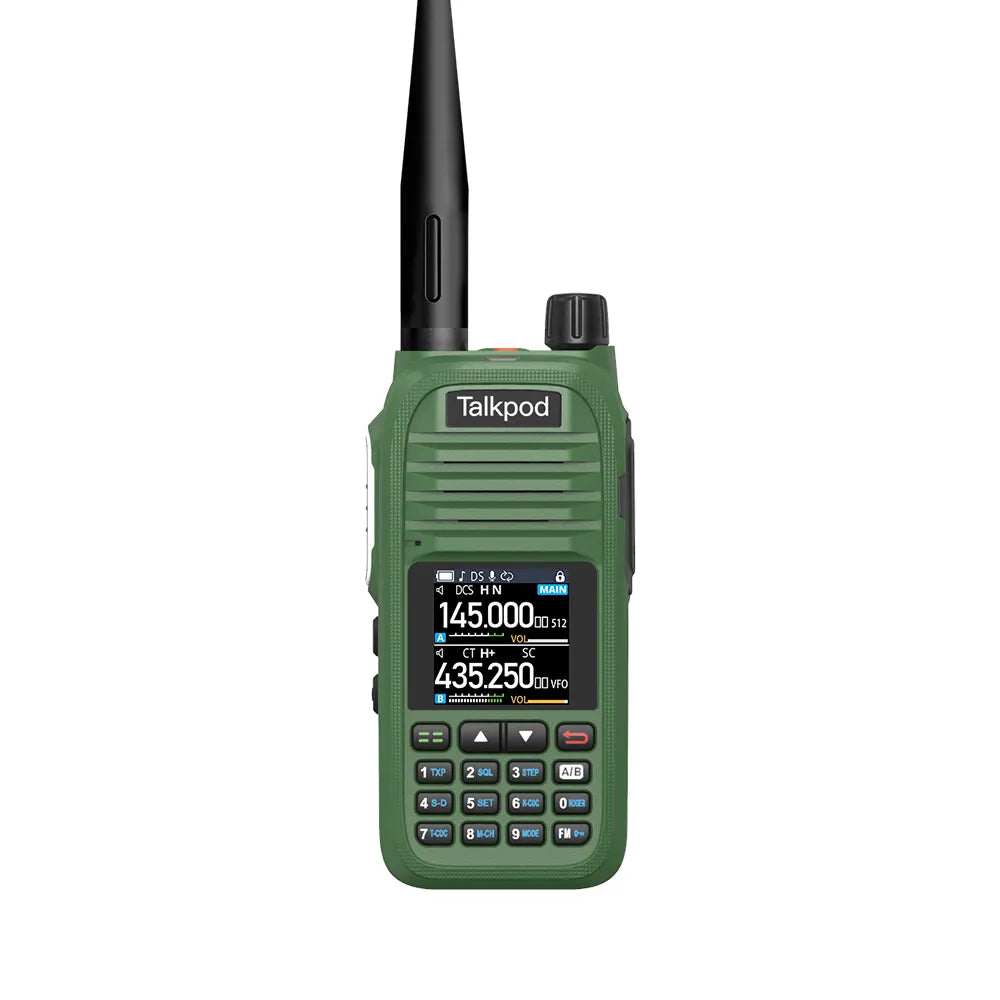
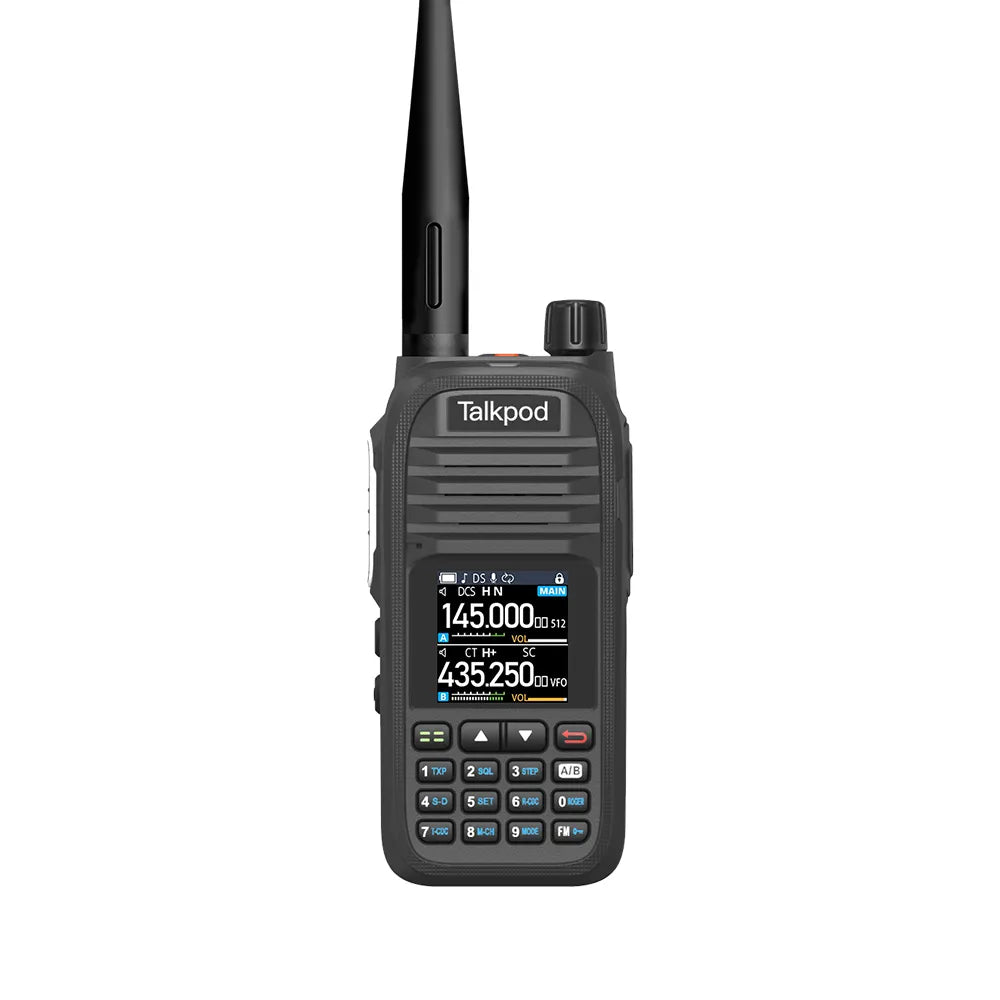
Leave a comment
All comments are moderated before being published.
This site is protected by hCaptcha and the hCaptcha Privacy Policy and Terms of Service apply.